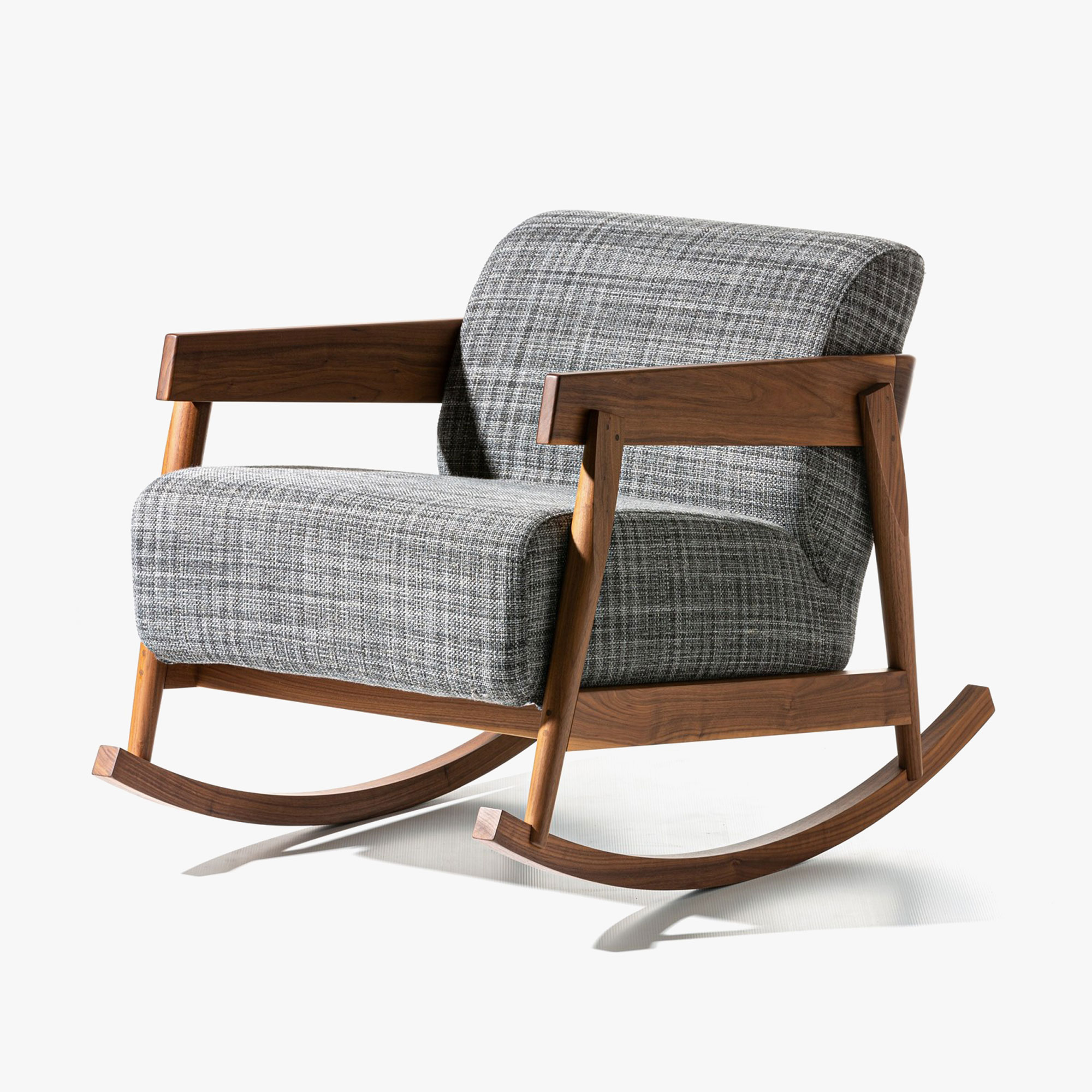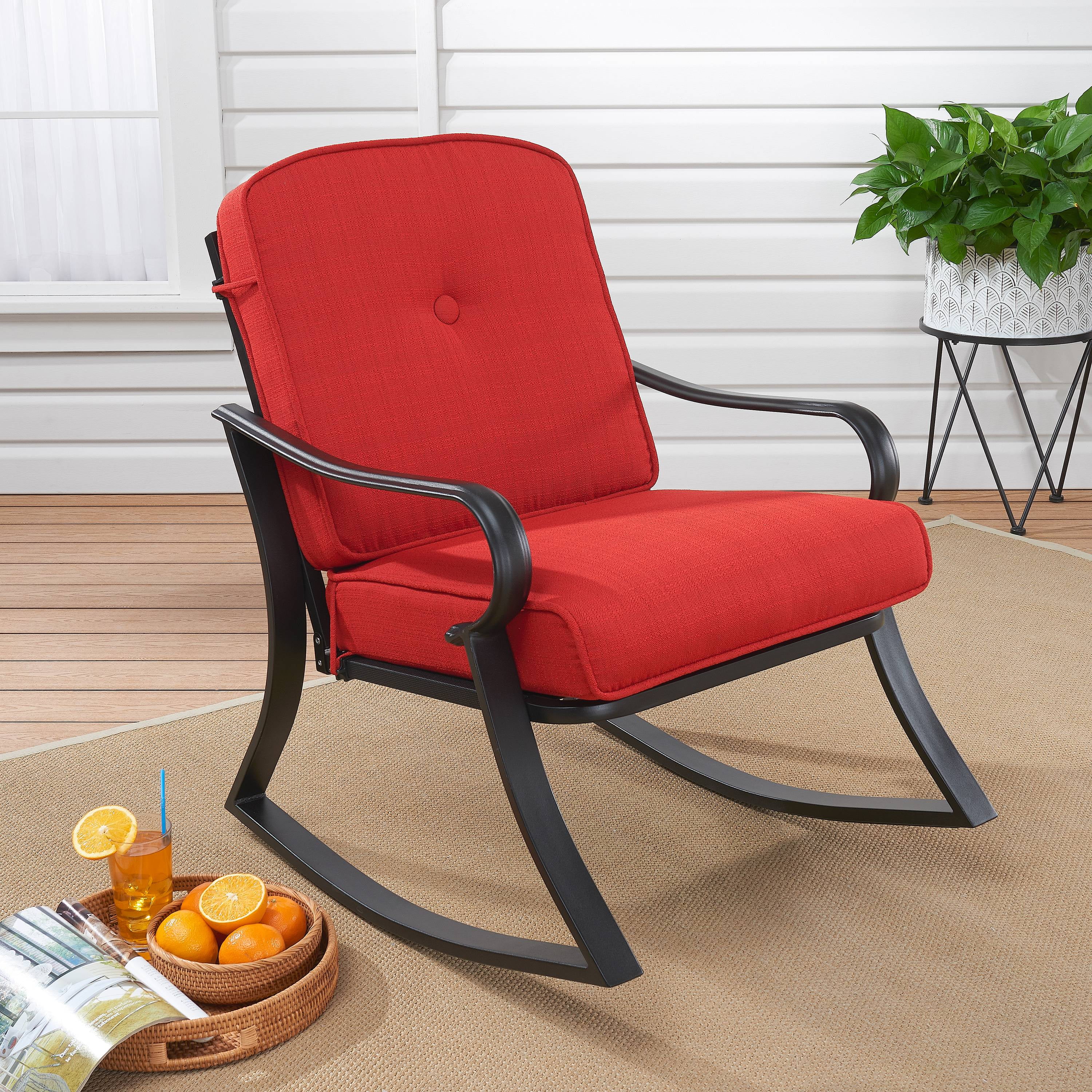The History and Origin of Brick Rocking Chairs: The Brick Rocking Chair

The brick rocking chair, a unique and intriguing piece of furniture, has a fascinating history that spans centuries and cultures. While its exact origins remain somewhat shrouded in mystery, evidence suggests that this humble yet resilient seating option emerged as a practical response to the needs of various communities.
The evolution of the brick rocking chair is closely intertwined with the development of building techniques and the availability of materials in different regions. The use of bricks as a primary construction material, especially in areas with abundant clay deposits, naturally led to experimentation with their application in furniture design.
Early Examples of Brick Rocking Chairs
The earliest documented examples of brick rocking chairs can be traced back to ancient civilizations. In ancient Egypt, for instance, archaeologists have unearthed fragments of furniture that resemble rudimentary rocking chairs, crafted from sun-baked bricks and adorned with intricate carvings. These early prototypes were likely used by royalty and high-ranking officials as symbols of status and power.
- In the Middle East, particularly in the region of Mesopotamia, brick rocking chairs were used as a comfortable seating option in homes and public spaces. The use of bricks in furniture construction was influenced by the region’s abundance of clay and the development of advanced brick-making techniques.
- The ancient Romans also incorporated bricks into their furniture designs. They developed elaborate brick rocking chairs, often adorned with mosaics and intricate patterns. These chairs were popular among wealthy Romans, who used them to showcase their wealth and sophistication.
Materials and Techniques Used in Constructing Traditional Brick Rocking Chairs
The construction of traditional brick rocking chairs involved a combination of skill, patience, and knowledge of materials. The process typically involved the following steps:
- Brick Selection: Carefully chosen bricks, often fired in kilns to ensure durability, were the primary material used in the construction of these chairs. The bricks were typically selected for their strength, uniformity, and aesthetic appeal.
- Frame Construction: The frame of the brick rocking chair was typically constructed using a combination of wood and bricks. Wooden beams were used to create the base and support structure, while bricks were used to form the seat and backrest. The bricks were carefully laid and secured using mortar, ensuring stability and durability.
- Rocking Mechanism: The rocking mechanism was typically created by incorporating two curved pieces of wood into the base of the chair. These pieces were carefully positioned and secured to create a smooth rocking motion.
- Finishing Touches: Once the chair was assembled, it was often finished with a layer of plaster or paint to protect the bricks and enhance its aesthetic appeal. Decorative elements, such as carvings or mosaics, were sometimes added to further embellish the chair.
The Design and Construction of Brick Rocking Chairs

Brick rocking chairs are a unique and charming addition to any outdoor space, offering a rustic and sturdy seating option. Their construction requires careful planning and attention to detail, ensuring stability and comfort.
Design Elements of Brick Rocking Chairs
The design of a brick rocking chair is characterized by its simplicity and functionality. The chair typically consists of a seat, backrest, and two rockers.
- Shape and Size: Brick rocking chairs can vary in shape and size depending on the desired aesthetic and functionality. Some are designed with a rectangular seat and backrest, while others may have a more curved or rounded shape. The size of the chair can be adjusted to accommodate different body sizes and preferences.
- Features: Some brick rocking chairs may include additional features, such as armrests, footrests, or decorative elements. These features enhance comfort and add visual appeal.
Construction of Brick Rocking Chairs, The brick rocking chair
Building a brick rocking chair involves a systematic process that requires careful planning and execution.
- Materials: The primary materials for constructing a brick rocking chair include bricks, mortar, and a suitable base for support. Other materials may include wood for the rockers, metal brackets for reinforcement, and cushions for comfort.
- Preparation: Before starting construction, it is essential to prepare a solid base for the chair. This can be achieved by creating a concrete foundation or using a sturdy wooden frame.
- Laying the Bricks: The bricks are laid in a pattern to form the seat, backrest, and rockers. The mortar is used to bind the bricks together and ensure structural integrity.
- Creating the Rockers: The rockers are typically constructed from wood and attached to the base of the chair. The angle and shape of the rockers determine the rocking motion.
- Finishing: Once the chair is assembled, it can be finished with a sealant or paint to protect the bricks and enhance the aesthetic appeal.
Visual Representation of the Construction Process
Imagine a brick rocking chair being built. The first step involves creating a sturdy concrete base, upon which the brickwork will be constructed. Next, the bricks are laid in a pattern, starting with the seat, then the backrest. The bricks are carefully mortared together, ensuring a strong and stable structure. The wooden rockers are then attached to the base, creating the signature rocking motion. Finally, the chair is finished with a sealant to protect the bricks from the elements and enhance its durability.
The Uses and Applications of Brick Rocking Chairs

Brick rocking chairs have found diverse applications throughout history, reflecting the ingenuity and resourcefulness of people across various cultures and time periods. Their unique characteristics, including durability, affordability, and adaptability, have contributed to their enduring appeal.
The Cultural Significance and Symbolism of Brick Rocking Chairs
Brick rocking chairs have often held cultural significance, symbolizing resilience, tradition, and community. In some regions, they are associated with rural life, simplicity, and a connection to the earth. Their presence on porches and verandas signifies a welcoming space for conversation, relaxation, and contemplation.
Brick Rocking Chairs Compared to Other Rocking Chairs
Brick rocking chairs stand out from other rocking chairs due to their unique construction and aesthetic. While wooden rocking chairs are known for their elegance and craftsmanship, brick rocking chairs offer a rustic charm and durability. Their weight and solidity provide a sense of stability and grounding, contrasting with the lighter and more graceful movement of wooden rocking chairs.
The brick rocking chair, weathered and worn, had seen generations come and go. It sat stoic and silent, a testament to time’s relentless march. Its sturdy form reminded me of the timeless elegance of the mainstays outdoor wood rocking chair black , a piece that could grace any porch with its simple charm.
Just as the brick chair had become a fixture of our family’s history, so too would the wood rocker become a new chapter, a reminder that even as times change, the comfort of a rocking chair endures.
The brick rocking chair, sturdy and timeless, evokes a sense of history and simplicity. It reminds us of a time when craftsmanship was paramount, and comfort was found in the natural world. But for a modern take on this classic design, consider the belham living ocean wave adirondack rocking chair , which blends traditional aesthetics with contemporary comfort.
Just like the brick rocking chair, it offers a quiet haven for contemplation, a place to relax and connect with nature.
